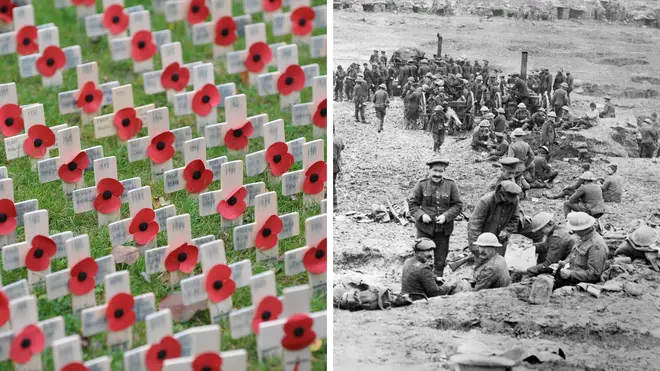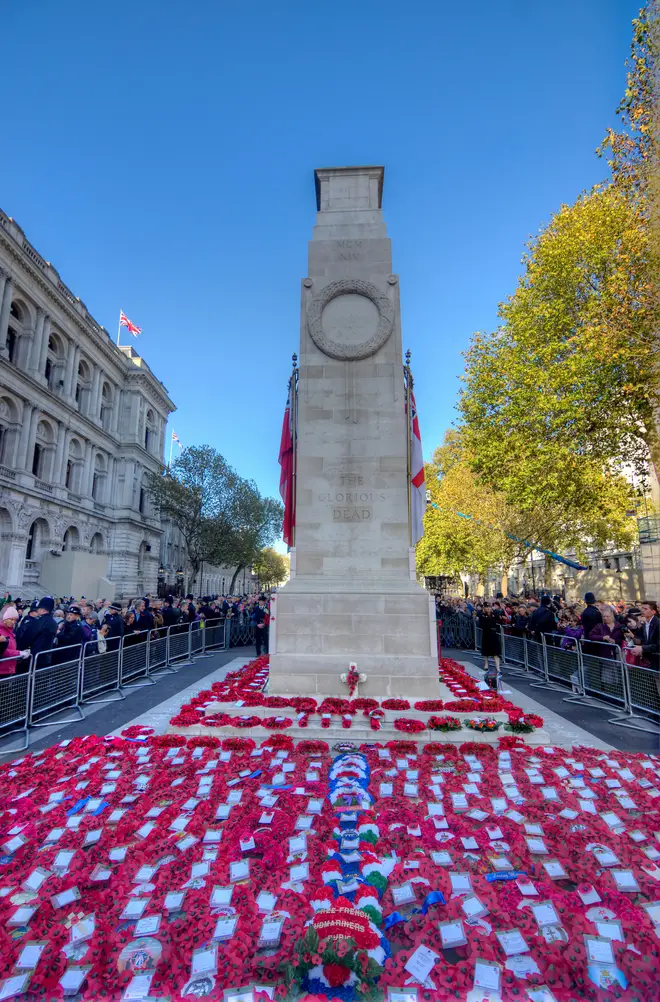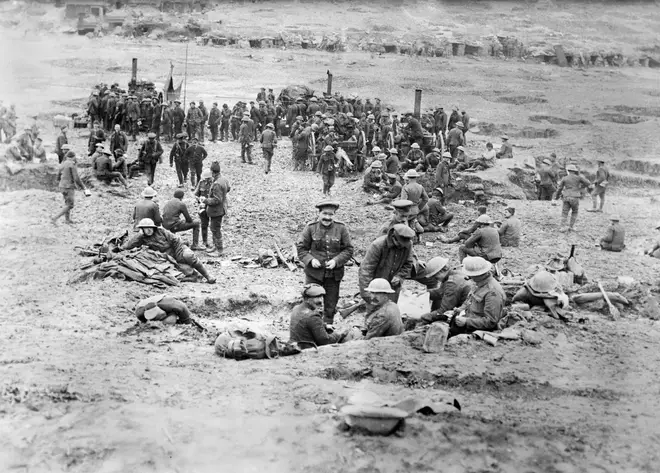
Matthew Wright 7am - 10am
10 November 2022, 14:29 | Updated: 10 November 2022, 14:57

Armistice Day, also known as Remembrance Day, celebrates its 104th anniversary this year.
The occasion marks the signing of the armistice in 1918 - an agreement that saw the end of fighting in the First World War - ahead of negotiations.
It will be followed two days later by Remembrance Sunday, which will fall on November 13, with an annual two-minute silence set to take place.

The silence will take place at 11am on Friday, marking the eleventh hour on the eleventh day of the eleventh month.
Another two-minute silence also takes place at the same time (11am) on Remembrance Sunday.
The event is held to remember those in the UK and Commonwealth who have served in the armed forces since 1914 as well as their families.
It celebrates the vital role they played, both serving and sacrificing themselves for the country.
Read more: Kate Middleton gives boy her poppy in sweet moment during visit to London children's centre

On Armistice Day, the National Memorial Arboretum is set to broadcast an annual Service of Remembrance, live from the Armed Forces Memorial.
Then, on Remembrance Sunday, the National Service of Remembrance is being held at the Cenotaph in London.
This year's service is significant as it is the first led by Charles as King.
Despite hoping to go last year, the Queen was unable to make an appearance on health grounds, meaning Charles laid a wreath as the most senior royal attending.
Members of the Cabinet, former Prime Ministers, the Mayor of London and other ministers are expected to attend this year.
There will also be a March Past involving 10,000 veterans.